#André Delambre
Explore tagged Tumblr posts
Text

Date: 02/04/2025
Self Recognition Through The Other
#Furries#Fursona#OC: Loam#Loam the Baku#The Fly#The Fly 1957#George Langelaan#André Delambre#Franz Kafka#The Metamorphosis#Kafka's Metamorphosis#Gregor Samsa#My Sona#Gregor it's me the PS5 in your brain#We have to execute the bourgeoisie#You're French it's in your blood
8 notes
·
View notes
Text
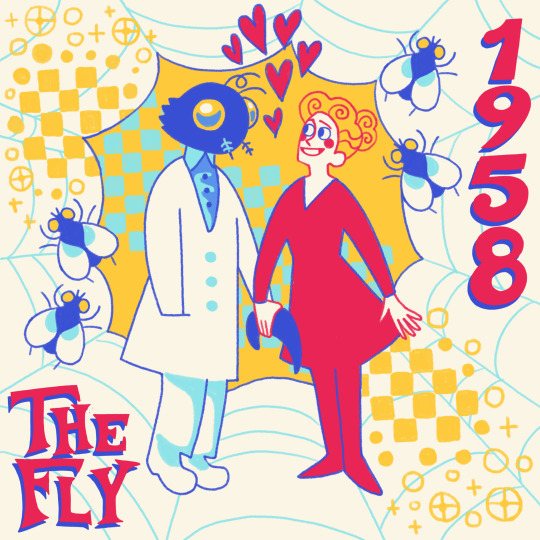
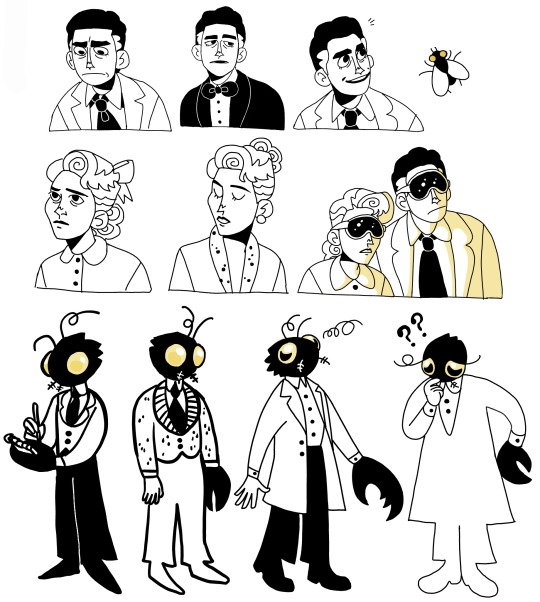
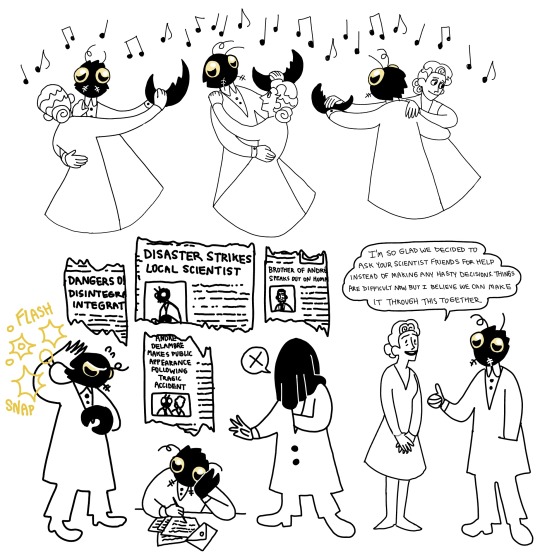

My costume this Halloween was The Fly (from the 1958 movie), so here's some of the many doodles of him I drew a few years back. The 80s remake has great body horror, but I love the 50s version for its fun mutation design, pastel color schemes, Vincent Price's presence, and especially the relationship between the two leads. He may have a fly head, but I truly believe they could have made it work
#the fly#the fly 1958#kurt neumann#50s horror#my art#I know his name is André but I'm assuming saying 'oh my costume is André Delambre' isn't super explanatory
569 notes
·
View notes
Text
overconfident and vain ✓
stupid when it comes to life ✓
oblivious ✓
assigned "fiancee" who will obviously be replaced by the hero ✓
queercoded ✓
mark my words I will go crazy for the stupid curly blond ant, I feel it in the tropes and my media critic bones
#moss watches#moss watches movies#moss watches Cvrčak i mravica#moss text#Anteodor#Cvrčak i mravica#he is so Beto and Gaston if they had an André Delambre incident but with an ant#it makes sense I swear
1 note
·
View note
Text
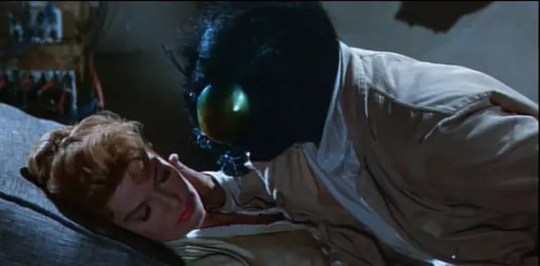
Patricia Owens and David (Al) Hedison as Hélène and André Delambre
The Fly (1958)
4 notes
·
View notes
Text


Plaque en hommage à : André Breton
Type : Lieu de résidence
Adresse : Hôtel Delambre, 35 rue Delambre, 75014 Paris, France
Date de pose : Inconnue
Texte : Dans cet hôtel a vécu en 1921 l'écrivain André Breton
Quelques précisions : André Breton (1896-1966) est un écrivain et poète français, et l'un des fondateurs du surréalisme en littérature. Marqué par la guerre et rejetant le nationalisme, il se consacre très tôt à la poésie, étudiant et côtoyant plusieurs grandes figures de la poésie française et s'intéressant aux façons de révolutionner la création littéraire. Il se consacre, aux côtés de Philippe Soupault, Louis Aragon et Paul Eluard, à diverses expérimentations, dont l'écriture automatique dans Les Champs magnétiques (1919). Rompant avec le dadaïsme dont il rejette certains fondements, il se consacre corps et âme au surréalisme, publiant en 1924 un Manifeste du surréalisme. Sa carrière littéraire, qui se construit en parallèle d'un engagement politique au sein du Parti communiste français, est toutefois mouvementée en raison des nombreuses disputes et ruptures (y compris avec ses premiers et plus proches collaborateurs). Son positionnement politique le met en danger pendant la Seconde Guerre mondiale, ce qui le pousse à quitter la France, où il ne reviendra qu'en 1946 sans cesser de réfléchir au développement du surréalisme. Il meurt des suites de troubles respiratoires, et est encore aujourd'hui considéré comme une figure majeure de la vie littéraire française du XXème siècle. Cette plaque commémorative est située en face de deux autres honorant le peintre Paul Gauguin et le peintre et écrivain Maurice Le Scouëzec, qui résidèrent également dans cet hôtel. Deux autres plaques commémoratives en son honneur peuvent être trouvées à Paris, l'une à proximité du Panthéon et l'autre rue Pierre Fontaine (9ème arrondissement).
0 notes
Text

The Fly (1958)
In Quebec André Delambre is found dead, his head and arm crushed in a hydraulic press. His wife Hélène confesses, but won’t explain. It’s all very odd, and she’s obsessed with flies, asking if her son or anyone else has found a white-headed fly.
In an effort to discover the truth François (Vincent Price), André’s brother, claims to have found the fly. Thinking he knows enough to put the story together she calls Inspector Charas and tells the two men what happened in flashback. André’s a scientist, and his latest project was the distintegrator-reintegrator, a machine that disassembles things and rebuilds them at a distance. He disintegrates the cat but it doesn’t reassemble, though they hear it meowing.
Eventually he gets it to work, and neglecting his wife and child, builds a man-sized version. Then he calls Hélène, refusing to talk to her or let her see his face or one of his hands, asking for weird liquid foods and a white-headed fly.
We know what’s happened; we’ve seen the remake or sequels, or at the very least are familiar with the idea (and we know the tragic ending). So it’s probably not as shocking as the film wants it to be. Nor is the detective segment too compelling as François and Inspector Charas attempt to understand what has happened. It’s not that they don’t believe what’s happened, it’s that it never even crosses their mind!
Watch This: Classic horror, still powerful Don’t Watch This: You already know what this hubristic tragedy is about, and the effects of the reveal do not convince in the 21st century
1 note
·
View note
Text
Excitinggg okay okay. André Delambre from The Fly (1958)! He is one of my 'types, but mainly because he is part housefly (and so am I). He wasn't always part housefly, but it's still cool representation I think!




Animal nonhumans of Tumblr, share movies/series/cartoons with your species represented!
This is the only pine marten character I saw in film or animation. His CGI looks good! It's sad that martens aren't popular characters in stories...

(Pantalaimon, pine marten form, from His Dark Materials TV series)
#it is a horror movie but this one is muchhhh more tame than the remake#i adore the remake as well#sure houseflies dont have green eyes or claws that look like that. but i am also an abomination with green eyes like him (/positive)#rambling 🪰
27 notes
·
View notes
Text
5 Underrated actors
Brock Peters
Most Famous role: Tom Robinson in To Kill a Mockingbird
Favorite Roles: Darth Vader in the Star Wars radio dramas and Admiral Cartwright in Star Trek IV The Voyage Home and Star Trek VI The Undiscovered Country
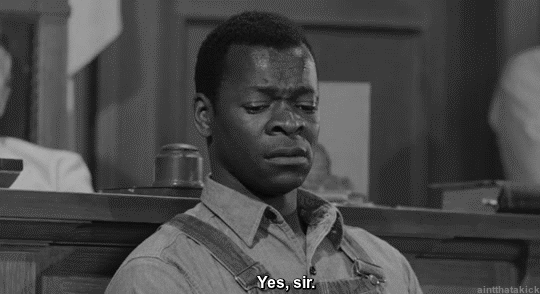
John Colicos
Most Famous roles: Kor in Star Trek and Star Trek Deep Space Nine and Apocalypse in X Men
Favorite roles : Baltar in Battlestar Galactica (1978) and Captain DeWitt in the Changeling
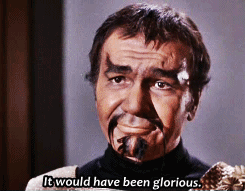
William Atherton
Most famous Roles : Walter Peck in Ghostbusters and Richard Thornburg in Die Hard and Die Hard 2
My Favorite role : Dr Destiney in Justice League

David Hedison
Most Famous role : André Delambre in the Fly
Favorite Role : Felix Leiter in Live and Let Die and Licence to Kill

Barry Dennen
Most Famous Role : Pontious Pilate in Jesus Christ Superstar
Favorite role : The Chamberlin in the Dark Chrystal

@marquisedemasque @amalthea9 @metropolitan-mutant-of-ark @ariel-seagull-wings
12 notes
·
View notes
Text
THE FLY (1958) – Episode 133 – Decades Of Horror: The Classic Era
“Help me! Please, help meeeeeee! No! Go away! No! Please! Help me! Please, go away! Go away! No! No! No! No!” …said the fly to the spider …and his brother. Join this episode’s Grue-Crew – Chad Hunt, Whitney Collazo, Daphne Monary-Ernsdorff, and Jeff Mohr – as they discuss a movie that contains some of the most shocking scenes of the 1950s and which became a milepost in Vincent Price’s career in horror films, The Fly(1958).
Decades of Horror: The Classic Era Episode 133 – The Fly (1958)
Join the Crew on the Gruesome Magazine YouTube channel! Subscribe today! And click the alert to get notified of new content! https://youtube.com/gruesomemagazine
ANNOUNCEMENT Decades of Horror The Classic Era is partnering with THE CLASSIC SCI-FI MOVIE CHANNEL, THE CLASSIC HORROR MOVIE CHANNEL, and WICKED HORROR TV CHANNEL Which all now include video episodes of The Classic Era! Available on Roku, AppleTV, Amazon FireTV, AndroidTV, Online Website. Across All OTT platforms, as well as mobile, tablet, and desktop. https://classicscifichannel.com/; https://classichorrorchannel.com/; https://wickedhorrortv.com/
A scientist has a horrific accident when he tries to use his newly invented teleportation device.
IMDb
Director: Kurt Neumann
Writers: James Clavell (screenplay); George Langelaan (based on a story by)
Cinematographer: Karl Struss
Special makeup effects: Ben Nye
Selected Cast:
David Hedison (credited as Al Hedison) as André Delambre
Patricia Owens as Hélène Delambre
Vincent Price as François Delambre
Herbert Marshall as Inspector Charas
Kathleen Freeman as Emma
Betty Lou Gerson as Nurse Anderson
Charles Herbert as Philippe Delambre
Eugene Borden as Dr. Éjoute
Torben Meyer as Gaston
The first of five “Fly” movies, The Fly is Jeff’s pick for this episode. It’s one of those movies from his childhood that indelibly printed its horrific scenes in his memory. Watching now, he is still impressed with the movie, especially in the way the story is told and with the Ben Nye-created makeup effects.
Chad agrees that The Fly is a fantastic horror film. It feels more real to him than a lot of science fiction-horror movies of the 50s adding that it is the characters that help make it so. The reveal of Andre’s (David Hedison) fly head feels almost like the face reveal in The Phantom of the Opera (1925). The Fly was nightmare fuel for Whitney when she first saw it as a child on Halloween night, complete with a candy bag that included fake spiders. Daphne fell in love with The Fly during the first few minutes when blood drips down the side of an hydraulic press and the night watchman’s scream morphs into a telephone ringing in Francois’s (Vincent Price) office.
It’s probably not surprising that the Classic Era Grue Crew thinks The Fly is a true classic of the horror genre. If you’re ready to refresh your memory, as of this writing, The Fly can be streamed from HBO max as well as several PPV sources. It is also available on physical media as a 20th Century Fox Blu-ray and as one of five Blu-ray discs included in Scream Factory’s The Fly Collection. Also included in The Fly Collection are Return of the Fly (1959), Curse of the Fly (1965), The Fly (1986), and The Fly II (1989).
Gruesome Magazine’s Decades of Horror: The Classic Era records a new episode every two weeks. Up next in their very flexible schedule is one chosen by next episode’s guest host, Steven Turek: Horrors of the Black Museum (1959) starring Michael Gough.
Please let them know how they’re doing! They want to hear from you – the coolest, grooviest fans: leave them a message or leave a comment on the site or email the Decades of Horror: The Classic Era podcast hosts at [email protected]
To each of you from each of us, “Thank you so much for listening!”
Check out this episode!
0 notes
Text

What if Gregor Samsa and André Delambre kissed.
#The Metamorphosis#Kafka's Metamorphosis#Gregor Samsa#Langelaan's The Fly#The Fly#George Langelaan#André Delambre#Animals#Invertebrates#Arthropods#Insects#Beetles#Scarab#Flies#Transformation#Character Design#European bug guys
45 notes
·
View notes
Text
Unidades de medida: conheça as principais
Unidades de medida: conheça as principais https://ift.tt/ExI9hS3 É difícil encontrar alguém que tenha feito alguma prova ou vestibular e não tenha precisado estudar as principais unidades de medida. No momento da prova, pode parecer que você nunca vai usar esse conhecimento para nada. Mas essa impressão muda quando você vai a uma loja de eletrodomésticos em busca de uma TV 32 polegadas. Por se tratar de uma unidade de medida não popular no Brasil, muitos consumidores acabam comprando esse tipo de aparelho sem ter real dimensão do tamanho que ele vai ocupar na sua sala de estar. Confira as principais unidades de medida e não se sinta perdido ao comprar um novo eletrodoméstico! Como surgiram as unidades de medida? Desde o início das primeiras civilizações, os humanos apresentaram a necessidade de quantificar e medir a fim de se organizar melhor ao lidar com o mundo e manipular distâncias, pesos, alturas, profundidades, etc. Vale lembrar que cada civilização costuma ter o seu próprio sistema de medidas, já que elas estão profundamente relacionadas às necessidades e ao cotidiano de cada sociedade. Com o desenvolvimento do sistema capitalista, essa diversidade de unidades de medida se tornou um problema, já que o comércio precisava de uniformidade para facilitar as transações e trocas. Foi justamente o surgimento dos Estados Nacionais na Europa que realizou essa padronização de pesos e medidas. Polegada Quem já foi a uma loja de eletrodomésticos comprar uma TV de tela plana, por exemplo, já ficou em dúvida ao ver a dimensão das telas informada em polegadas. Essa unidade de medida é bastante popular nos Estados Unidos e não no Brasil, o que demanda uma atenção adicional na hora de escolher um aparelho e acertar no tamanho adequado. Essa unidade corresponde a 1/12 de um pé (ou 2,54 centímetros). No Brasil, o nome polegada se refere à média da extremidade da mão. Em outras línguas latinas, como o francês, o italiano e o catalão, o nome dessa unidade de medida também faz referência a essa parte do corpo humano. Metro Essa é uma das unidades de medida mais utilizadas no Brasil e seu nome é originário do grego e significa “medida”. O metro foi inicialmente definido como sendo a décima milionésima parte da distância entre o Polo Norte e o Equador Terrestre. E foi criado por dois astrônomos na França: Jean-Baptiste-Joseph Delambre e Pierre-François-André Méchain. Contudo, o desenvolvimento científico demandou uma nova definição para essa unidade de medida. Hoje, o metro se trata do comprimento do trajeto que a luz percorre no vácuo em um intervalo de tempo de 1/299 792 458 de segundo. Arroba e quilograma A arroba é a unidade de medida cujo nome é de origem árabe e significa “a quarta parte”. Tal medida é uma unidade de massa e equivale a um quarto de 1 quintal – medida bastante popular na Península Ibérica (Portugal e Espanha), além do Brasil. Hoje, essa unidade de medida é mais comumente usada no Brasil na hora de pesar animais como gado e porcos e equivale a 15 kg. A unidade de massa mais comum no Brasil é o quilograma – utilizada na hora de comprar alimentos ou conferir o peso corporal das pessoas em consultas médicas, por exemplo. O quilograma é a unidade básica do Sistema Internacional e equivale ao peso de um litro de água em sua densidade máxima. Segundo Para medir a passagem do tempo, a unidade de medida mais usada é o segundo (e seus desdobramentos, como a hora). Essa necessidade de medição começou com os egípcios há dois milênios, sendo utilizado o movimento da lua e do sol. Somente séculos depois, com o desenvolvimento científico, que a humanidade constatou que a rotação terrestre era insuficiente para medir a passagem do tempo. Em 1900, a comunidade científica definiu o segundo como sendo 1/31.556.925.9747 do tempo em que a Terra necessita para completar um giro em torno do Sol. Post Original Blog-Se via Dicas Tudos & Todos https://ift.tt/9RsgfLM August 24, 2022 at 03:12PM
0 notes
Photo
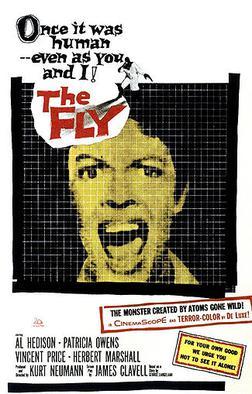
The Fly (1958)
IF SHE LOOKED UPON THE HORROR HER HUSBAND HAD BECOME… SHE WOULD SCREAM FOR THE REST OF HER LIFE!
Industrialist François Delambre is called late at night by his sister-in-law, Helene Delambre, who tells him that she has just killed her husband, André. Reluctant at first, she eventually explains to the police that André invented a matter transportation apparatus and, while experimenting on himself, a fly entered the chamber during the matter transference.
0 notes
Photo
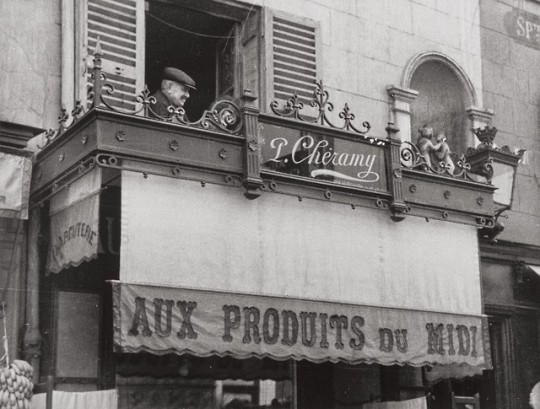
André Kertész (1894-1985) 11, Rue Delambre, Paris, - source Heritage Auctions.
14 notes
·
View notes
Text


Plaque en hommage à : Maurice Le Scouëzec
Type : Lieu de résidence
Adresse : Hôtel Delambre, 35 rue Delambre, 75014 Paris, France
Date de pose : 2015 (délibération) [source]
Texte : Le peintre et écrivain Maurice Le Scouëzec, 1881-1940, habita cet hôtel de 1917 à 1924
Quelques précisions : Maurice Le Scouëzec (1881-1940) est un peintre, écrivain et graveur français. Très marqué par son enfance passée en Bretagne, il peint très fréquemment des scènes de la vie bretonne. Il est également un très grand voyageur, se rendant fréquemment à l'étranger, en particulier Madagascar (il reçoit en 1930 le grand prix de Madagascar de la Société des artistes français). Ses œuvres, bien qu'admirées dans les milieux artistiques, en particulier les cercles de Montparnasse, restent relativement peu connues du grand public de son vivant. Cette plaque commémorative est située juste au-dessus d'une autre honorant le peintre Paul Gauguin, et en face d'une autre honorant le poète André Breton, tous deux ayant résidé dans le même hôtel.
#individuel#hommes#residence#artistes#peintres#graveurs#ecrivains#france#ile de france#paris#maurice le scouezec#datee
0 notes
Text
The Fly
Industrialist François Delambre is called late at night by his sister-in-law, Helene Delambre, who tells him that she has just killed her husband, André. Reluctant at first, she eventually explains to the police that André invented a matter transportation apparatus and, while experimenting on himself, a fly entered the chamber during the matter transference.
View On WordPress
0 notes
Text
David Hedison, actor in <em>Another World</em> and two James Bond movies, dies at 92
New Post has been published on https://newsprofixpro.com/tekamedia/2019/07/23/david-hedison-actor-in-another-world-and-two-james-bond-movies-dies-at-92/
David Hedison, actor in Another World and two James Bond movies, dies at 92
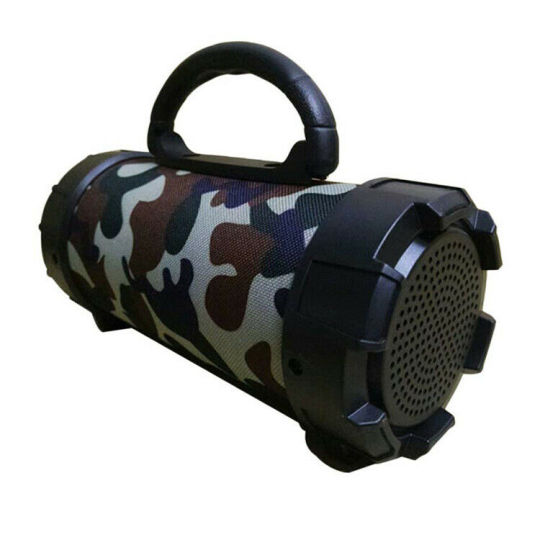
Actor David Hedison has died at the age of 92, according to PEOPLE. Hedison starred as scientist André Delambre in the classic 1958 horror film The Fly and later appeared in two James Bond movies, playing CIA operative Felix Leiter in 1973’s To Live and Let … Read More

Buy Now



Price: $4.80
Item specifics
Condition:
New: A brand-new, unused, unopened, undamaged item in its original packaging (where packaging is
Brand:
Unbranded
UPC:
Does not apply
MPN:
NOT
EAN:
Does not apply


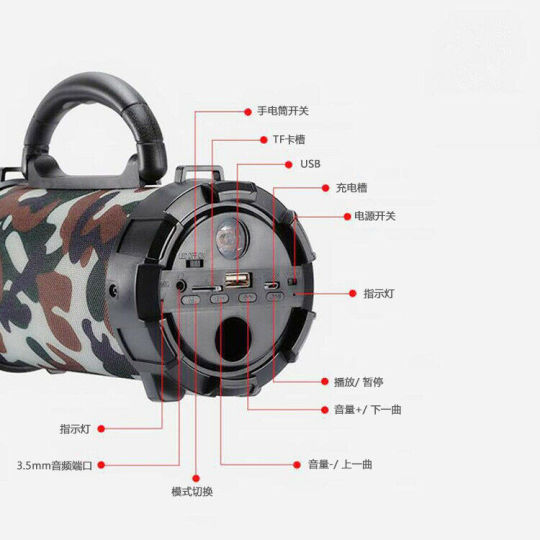


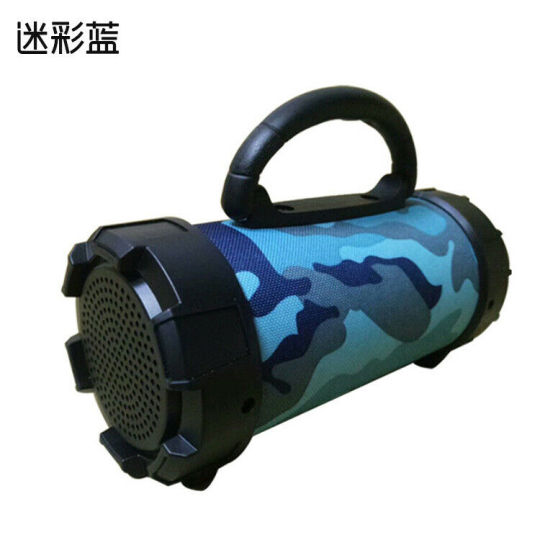



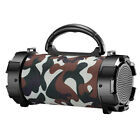
$4.80 End Date: Tuesday Aug-13-2019 1:20:02 PDT Buy It Now for only: $4.80 Buy It Now | Add to watch list

Buy Now



Price: $13.89
Item specifics
Condition:
New: A brand-new, unused, unopened, undamaged item in its original packaging (where packaging is
Model:
100-200 Solar LED
Brand:
Unbranded/Generic
Power Source: Solar Features: 12m/22m,Waterproof,100/200 LED Light MPN:
Does not apply


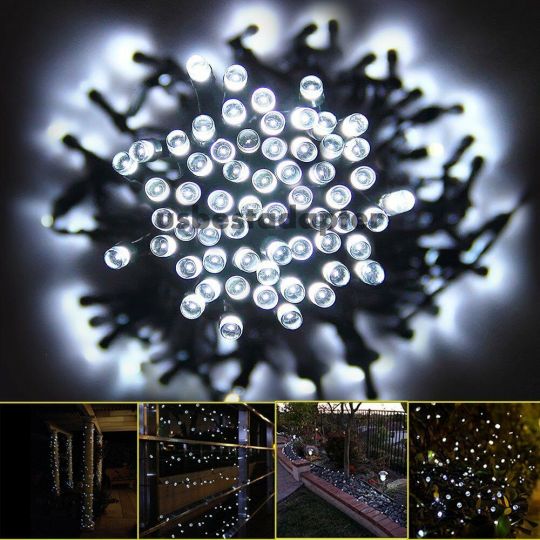


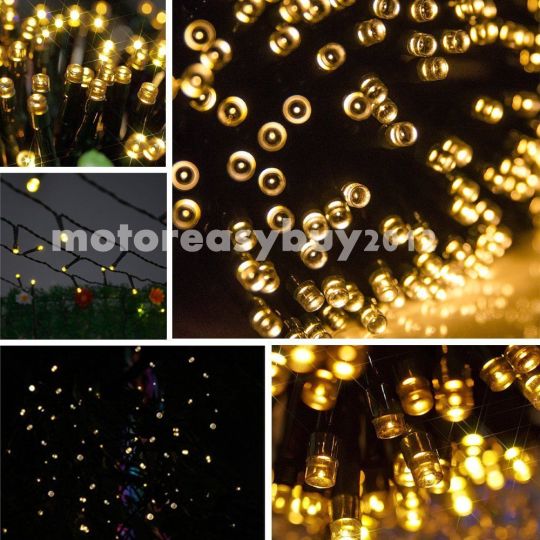

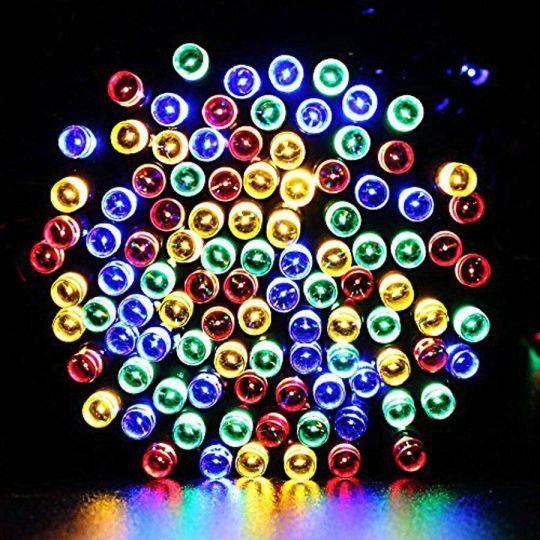
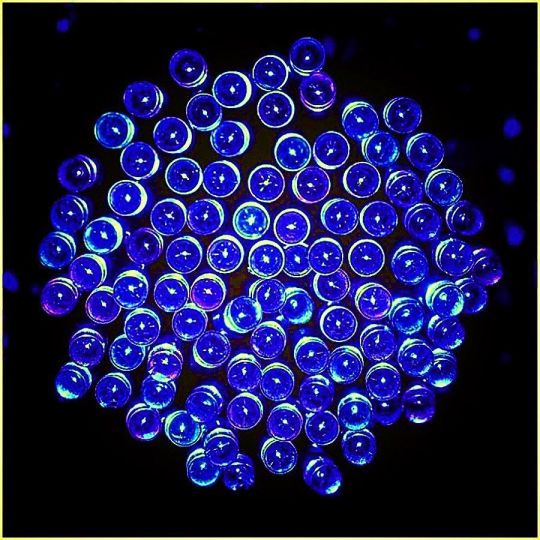
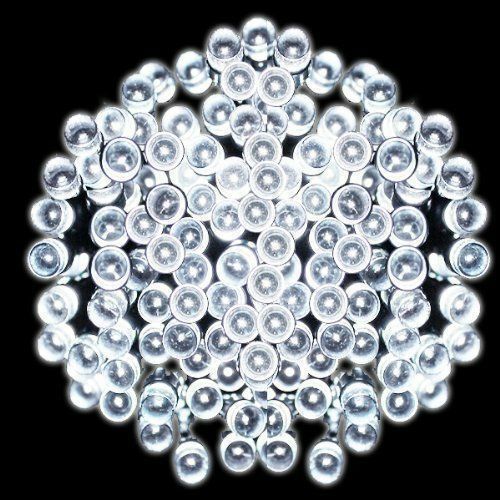



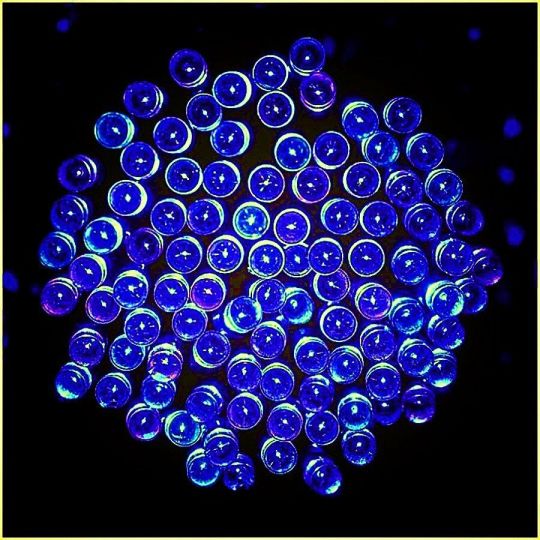


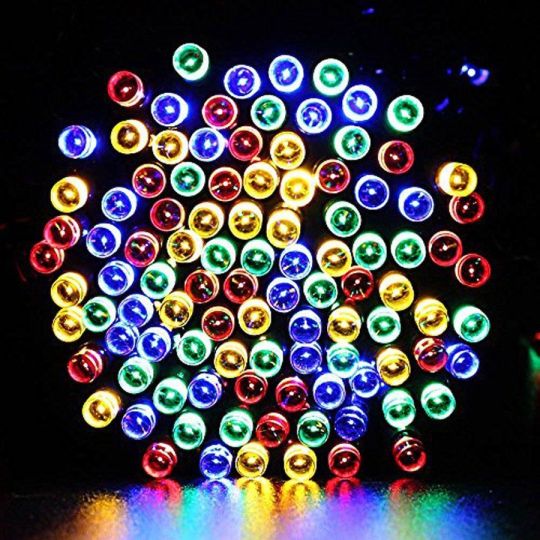
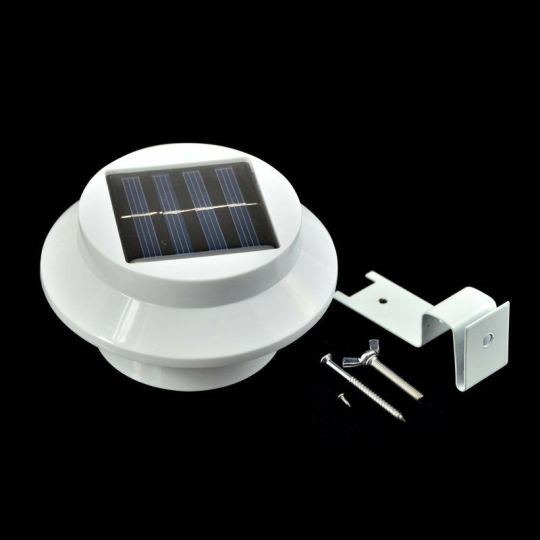




$13.89 End Date: Wednesday Aug-21-2019 20:14:23 PDT Buy It Now for only: $13.89 Buy It Now | Add to watch list
0 notes